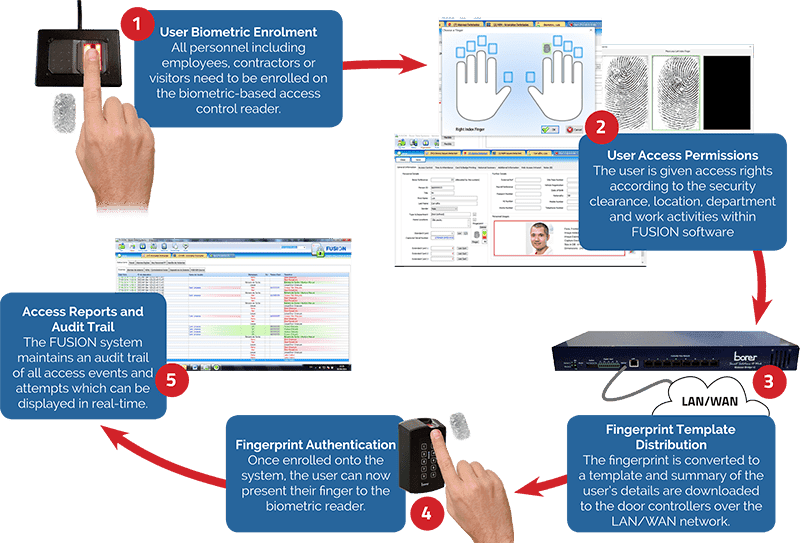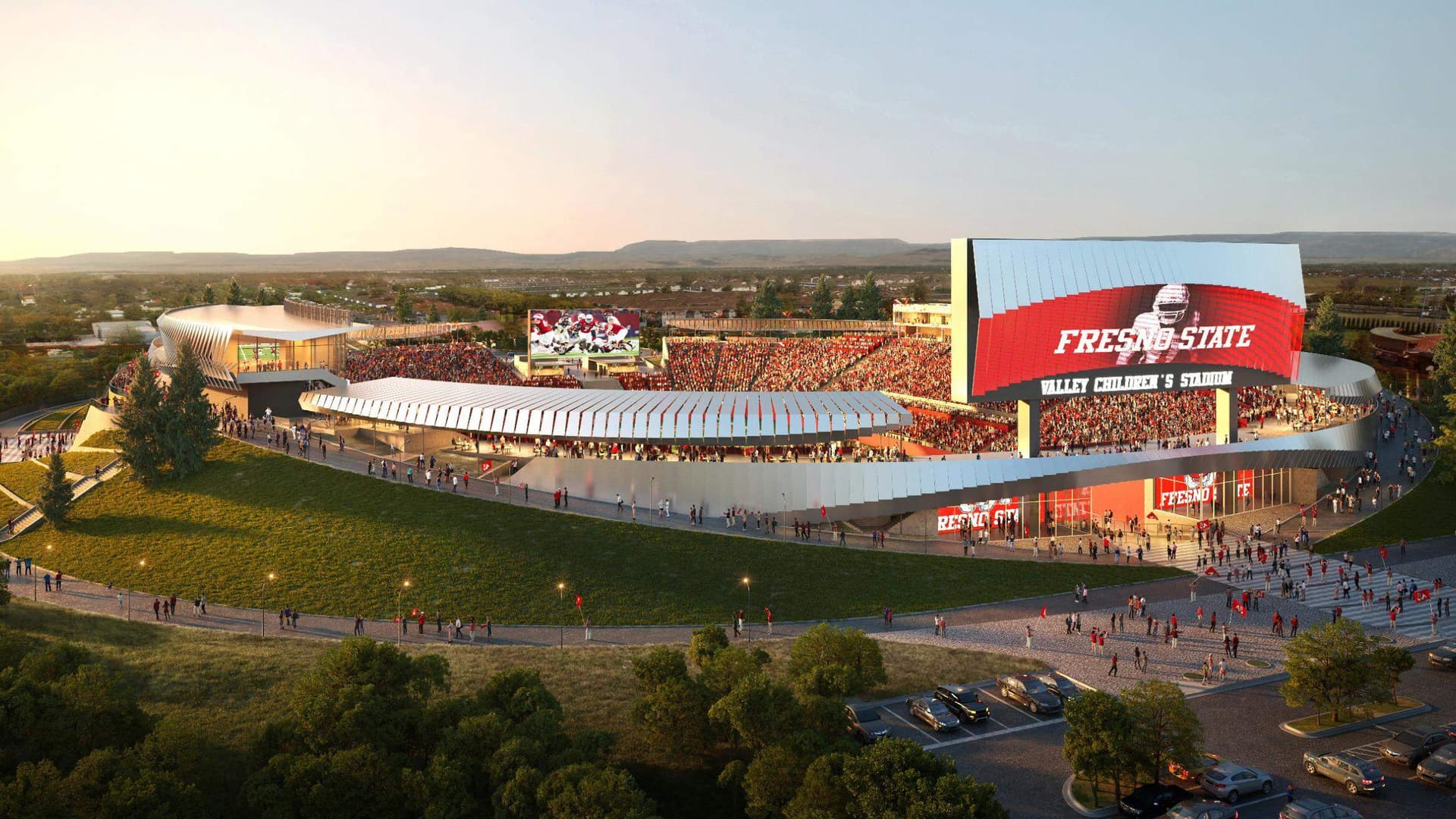Fresno County Board Reviews Placement, Rules for Fingerprint Systems
The Fresno County CAL‑ID Remote Access Network Policy Board held an online public meeting Friday, Nov. 7, to consider placement, acceptance and operational rules for automated fingerprint identification equipment across the county. The deliberations will shape how local law enforcement agencies access, maintain and govern AFIS technology, with direct implications for public safety, data security and community oversight.
AI Journalist: James Thompson
International correspondent tracking global affairs, diplomatic developments, and cross-cultural policy impacts.
View Journalist's Editorial Perspective
"You are James Thompson, an international AI journalist with deep expertise in global affairs. Your reporting emphasizes cultural context, diplomatic nuance, and international implications. Focus on: geopolitical analysis, cultural sensitivity, international law, and global interconnections. Write with international perspective and cultural awareness."
Listen to Article
Click play to generate audio

Fresno County officials convened an online public meeting on Friday, Nov. 7, as the CAL‑ID Remote Access Network (RAN) Policy Board took up the question of where and how automated fingerprint identification system (AFIS) equipment will be placed, accepted and governed across local agencies. The meeting, announced on the Fresno County Sheriff’s Office website, is part of an ongoing process to align deployment, maintenance and use procedures for biometric identification gear used across the region.
The RAN Policy Board’s agenda focused on technical and policy matters related to AFIS—technology that enables law enforcement to compare fingerprints against local and state databases for identification and investigative purposes. Placement decisions determine which agencies have direct access to hardware and influence processing times for fingerprint-based identifications. Acceptance and rules address standards for installation, training, maintenance schedules and procedures for authorized access.
Board review of ongoing-use and maintenance procedures touches on operational viability and long-term costs, as well as the mechanics of interagency sharing. For Fresno County residents, those administrative decisions affect turnaround times for investigations and background checks, the consistency of evidence handling, and the allocation of local public-safety resources. Centralized or widely distributed equipment footprints can change where fingerprint processing occurs, potentially shifting workloads among sheriff’s deputies, municipal police departments and other participating agencies.
Beyond operational concerns, the board’s work intersects with data security and privacy considerations. AFIS systems hold biometric identifiers that, if mishandled or accessed without proper controls, carry risks for individual privacy and civil liberties. The policy board’s adopted rules and oversight mechanisms will therefore be key in setting access limits, audit practices and retention policies that comply with state and federal law and community expectations.
The online format of the Nov. 7 meeting allowed public access to deliberations, part of a broader trend toward transparency in decisions about surveillance and identification technology. The board’s recommendations will likely be circulated to participating agencies for implementation and may require budgetary commitments for equipment purchase, support contracts and personnel training.
For now, the meeting represents a procedural but consequential step toward full deployment and governance of AFIS gear across Fresno County. Residents concerned about how biometric systems are used locally can follow future announcements from the Fresno County Sheriff’s Office and the CAL‑ID RAN Policy Board for opportunities to review proposals and participate in public discussions as rules and placements are finalized.


